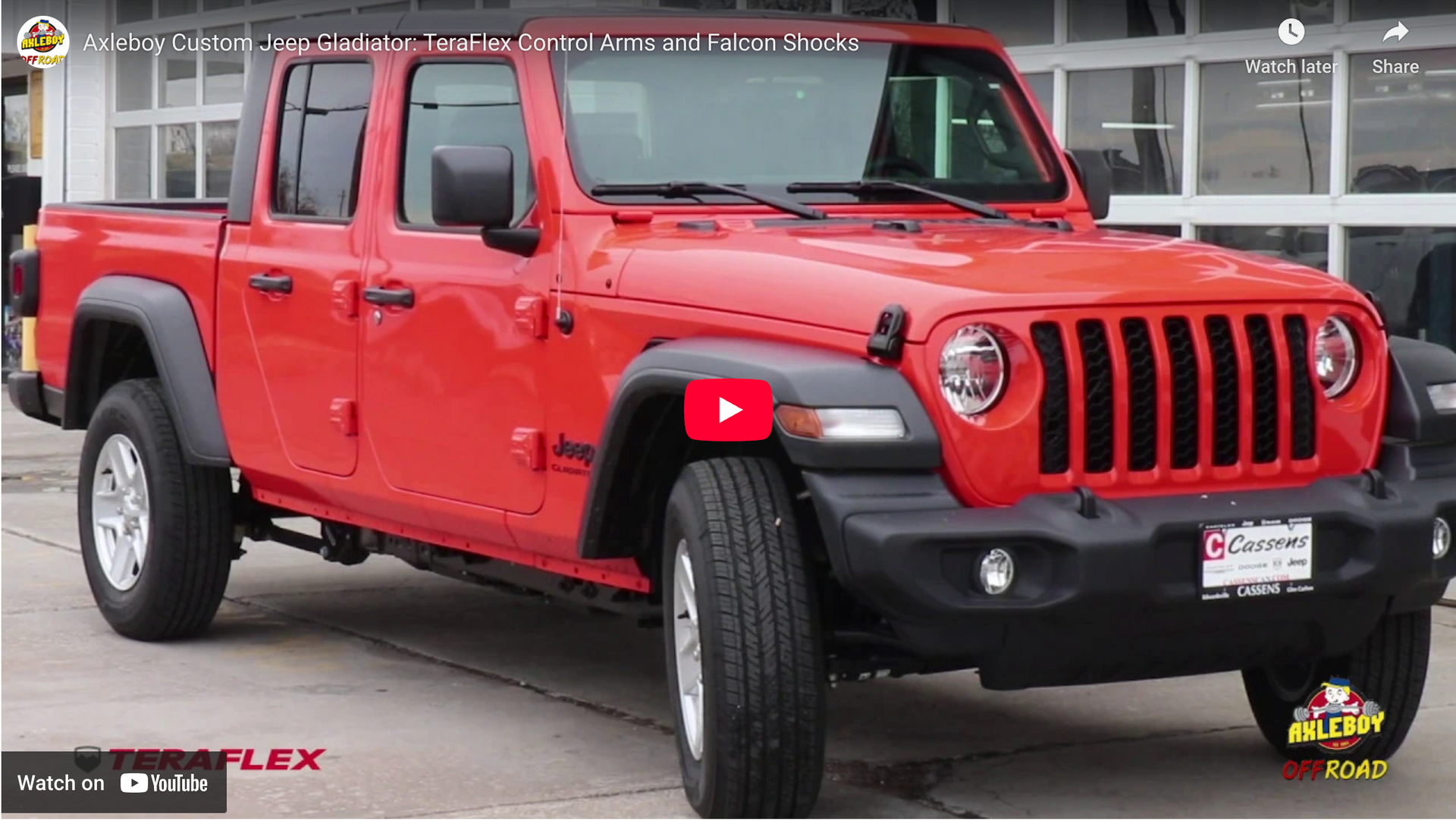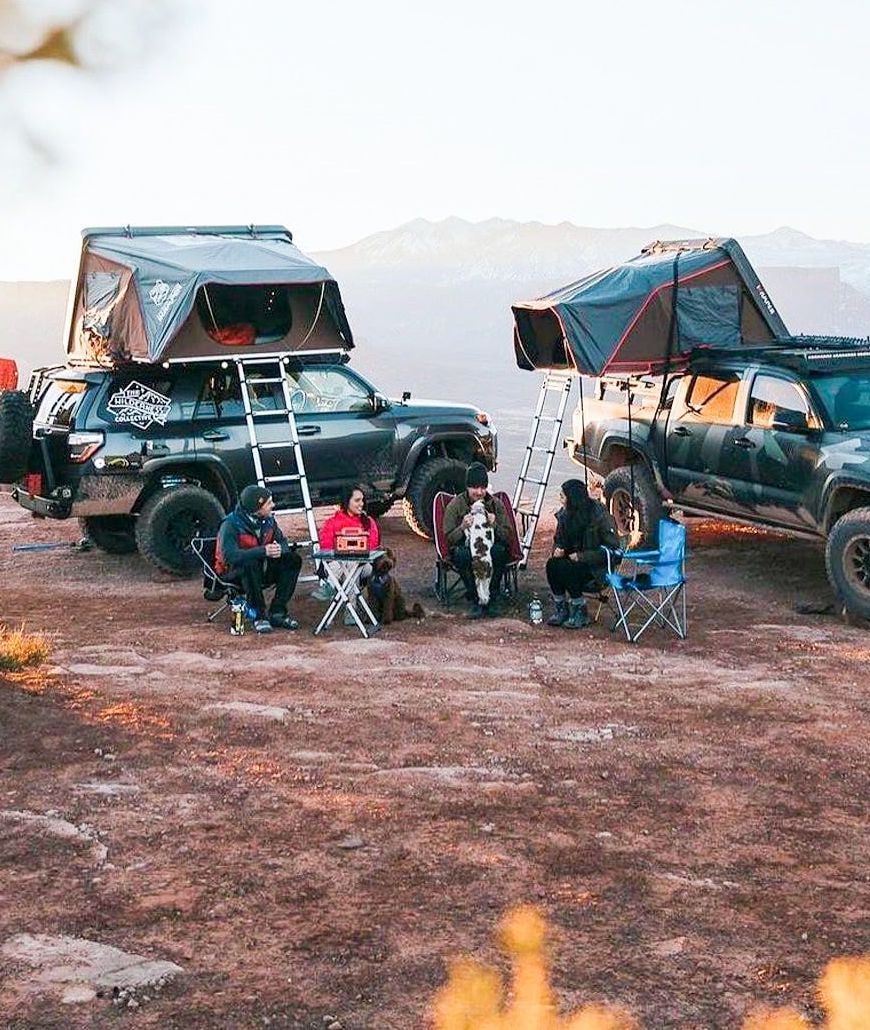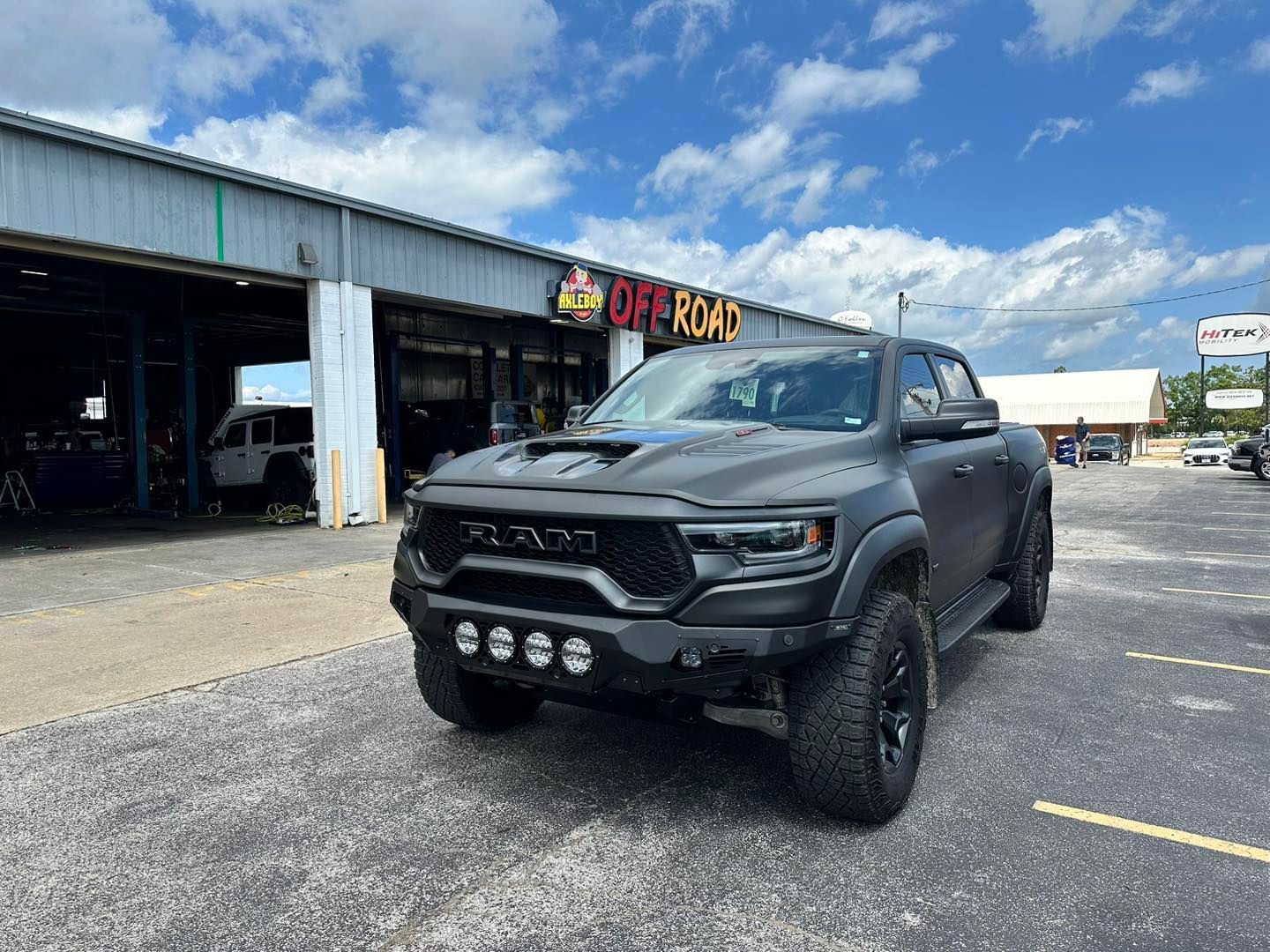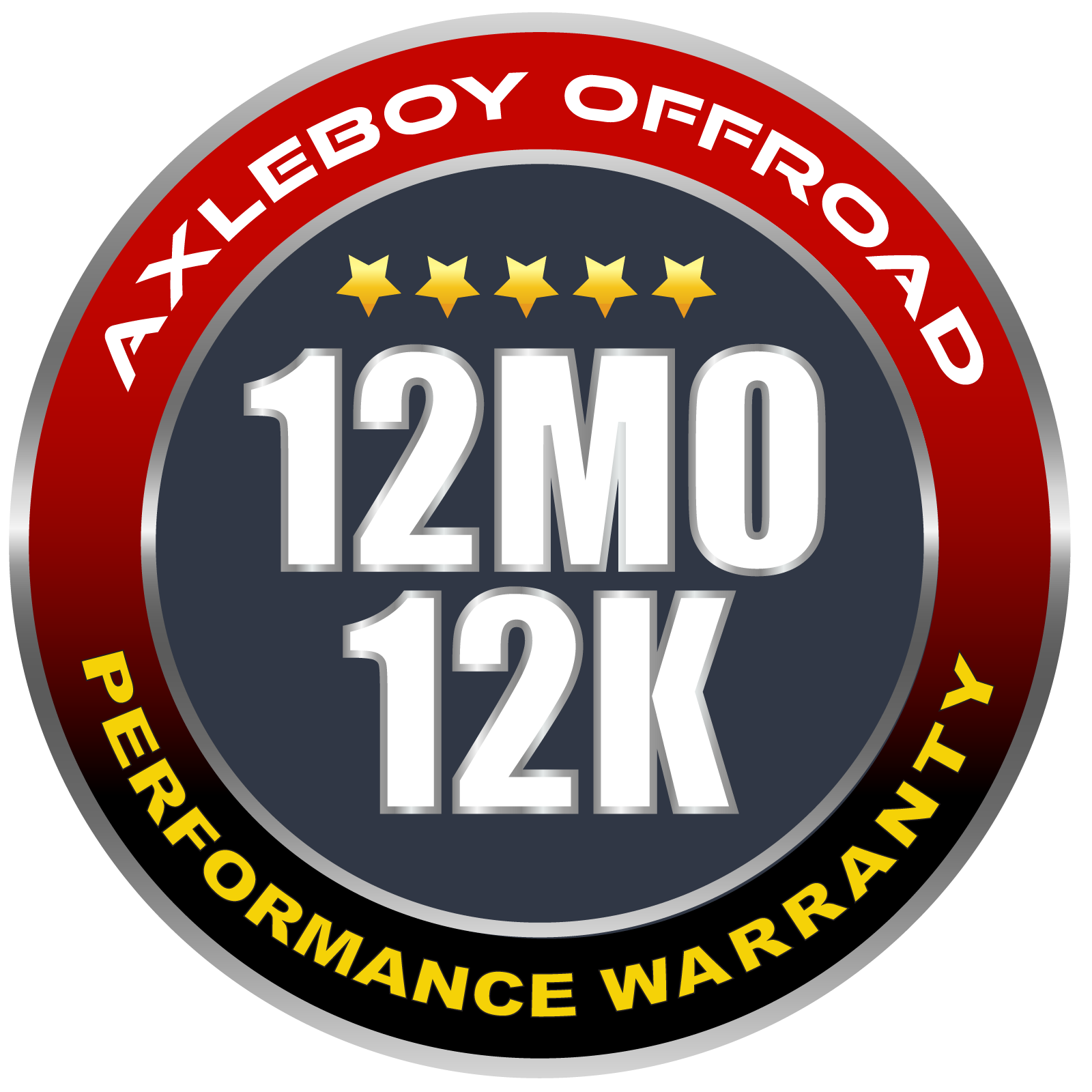The Ins & Outs of Regearing Your Jeep
Regearing Your Jeep. If you own a Jeep, there’s a good chance you’ve already heard about re-gearing — but do you know what it actually entails and if it’s right for your 4×4? What do gears even do? Would you know the right time to re-gear? Our pros break it down for you.
What do gears do?
The gears that were factory-installed in your Jeep are designed to fit the ratio and the torque of the package your vehicle came with. “Gearing” itself refers to the number of teeth in your ring and pinion gears, and this number is a measurement of how many times your driveshaft has to rotate in order to spin your wheels once. Driveshafts connect to the axle shafts on pinion gears. When your drive shaft rotates, the pinion gear spins the ring gears which, in turn, spin your axle shafts, making your vehicle move.
So what does that actually mean?
An example: A standard gear ratio is 3.21. With that size, your driveshaft would have to turn about 3 ¼ times for your wheel to turn once. 4.10 gears mean the driveshaft rotates a little over 4 times to get your wheels to turn, and so on. Short gears mean it’s faster to shift into top speed with less torque, while long or tall gears offer lower speeds but much better fuel economy.
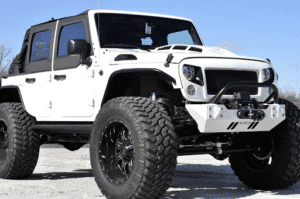
How do I know which kind of gear I need?
Think about shorter gears for rock-climbing; they turn slower and offer more grip on rock. If you’re a mudder, consider taller gears that keep up wheel speed and traction. This option is also great for road racers tackling long-and-straights. Track racers need to stick with short gears that help with bursts of speed coming out of corners. Ultimately it’s important to talk with your installer and tap into their Jeep knowledge bank to customize gears for your vehicle.
Why re-gear?
When you upgrade to larger tires, you’re also altering the fuel efficiency and safety of your vehicle, so your gear ratio needs to reflect this change. Without re-gearing, these larger tires can negatively affect performance and drastically slow down your vehicle. Choose the new gears based on the diameter of the new tires. Use this handy equation and then round up to the closest standard gear ratio:
(Old Gear Ratio x New Tire Size)/Old Tire Size = New Gear Ratio

How do I prepare for re-gearing?
Aside from making sure to work with an experienced pro to find the correct gears, it’s important to understand the re-gearing process itself. Front and rear axles need to be re-geared simultaneously. This is important because a significant difference in speed of drive shafts can cause serious issues like broken axles, driveshafts, or excessive wear and tear. This is a labor-intensive job, so plan accordingly when it comes to vehicle downtime and overall costs. You do not want to skimp on re-gearing!
Who should perform my re-gearing?
Ultimately you should take this project to a professional who has experience with custom Jeeps and re-gearing. We don’t doubt that you would do just fine on your own if you’ve already tackled this as a DIY project, but why risk it? The pros have the tools and expertise to get the job done. And if they’ve already done other custom projects on your Jeep they’re already familiar with the vehicle.
What does the re-gearing process entail?
When looking for a professional to help re-gear your Jeep, make sure they replace both the front and rear axles of your Jeep with premium quality gears. Typical new gear ratios are 4.10:1, 4.56:1, 4.88:1, or 5.13:1. Services should also include the following:
- Front and rear ring and pinions with master install kits
- LubeLocker gaskets for both front and rear differentials
- 80/90 break-in oil
- Gear-lube service in 500 miles with synthetic fluids
- 12 month/12,000 mile warranty
What happens after re-gearing?
Depending on the recommendations from manufacturers (and installers) you may need to avoid off-roading for about 500 miles. If your Jeep isn’t a daily driver, it might be smart to wait until the off-season to re-gear and wait a bit before taking any major road trips. You’ll want to drive on familiar roads for a bit before taking it off-road to make sure the gears are correct and allow for any adjustments.
Ready to re-gear? Our customers report that gear upgrades from Axleboy result in:
- Recovery of lost power
- Improved fuel mileage
- Better towing capacity
- Increased engine efficiency
Axleboy Off-Road is proud to get your Jeep performance back in peak driving conditions by upgrading the differential gears to the optimal ratio for your custom Jeep.
The post The Ins & Outs of Regearing Your Jeep appeared first on Axleboy Offroad - St Louis.
More Posts From Our Blog
